Why your horse isn’t learning as fast as they should
By April Reeves
I have a herd of 10 horses. No matter how long I leave them, I can go out into the 80 acres, catch any one of them (most will come without a halter) and start off exactly where I left their training, regardless of how long that was. How does that happen?
This is the value of consistency. Not the type where you take a lesson then ride the way you always do the next day. No. This is the type where you say to yourself, “Today, I am going to ask at least one new thing and apply it every time I need to in a consistent manner until my horse understands the question.”
We don’t realize how damaging it is to the horse when we change the question. Example: you were taught how to back up your horse, but today, he does not want to back up and it’s been a few months since you asked for it. So you do what you know to get him to back up, but he hesitates and stalls out, so you try another method, same zero results, then you try something else while you get more aggressive and by this time, your horse is hyper anxious and tense and the entire lesson is lost.
You have just asked him more than one question and there is no way you will get any result you will like. Let’s use the backup as an example.
Here is how I teach the backup. It’s quiet, no pressure, uses the natural instincts of the horse to create the desired result, and works brilliantly in the show ring. Plus the aids are not forward aids but energy aids, which are easier for the horse to understand clearly. Squeezing to go forward and backwards never made sense to me.
I start with the reins, just enough pressure to say ‘don’t go forward’ but not so tight as to say ‘go back’. Reins are not there to yell at your horse, they are to ‘guide’ them.
Next, you begin to pulse with your legs, very, very, very gently. You do not touch the horse. Your pulse must be very regular, not sporadic and off-beat. Your legs move toward the horse and then away from the horse in a slow rhythm. (It may feel insignificant, but the horse will feel it all the way up to your hip, which is why this works in the show ring: you start to pulse, the horse picks it up right away and continues to back until asked to go forward when both legs close indiscreetly around the horse. Judges often have trouble picking this invisible language up.)
At first, the horse will wonder what you are doing. You have set up a question and he now has to figure out how to respond. This is the basis of ALL training. If you can really soak that into your brain and understand it, you will be well on your way to becoming a highly effective trainer. From here, all you have to do is to get as much education as possible to build up valuable skills.
I back up the babies on day 3. At first, they twitch a few times, then start to wiggle, then the legs move. Once the legs are in play, they often go side to side and finally they go forward, where you will apply just enough pressure to say “don’t go forward”. No more.
Here is where 99% of riders fail. The horse does not respond exactly the way riders have it in their heads, which is usually ‘do it right away’, so riders alter their question. They change their hands, they start to kick and do whatever it takes to force that horse into performing at the speed and quality they demand.
Unfortunately, horses don’t think like this. We humans believe that horses should just read our thoughts. We jump from grade 1 to grade 12 in an attempt to ‘train’ but what we are really doing is setting up the future of our horse to become an anxious, dangerous mount. This is what comes to me for training: not bad horses, just horses that need a quiet consistency when being asked to do something.
Back to the babies: eventually, the babies will move all over the place, shifting their legs and going left to right to forward again, always searching for the right answer until they release the pressure and usually bolt backwards! I immediately release all pressure like a hot potato and sit quiet while they ‘soak’ the information.
Why does this work? First, you never need face pressure to ask for the backup. Just enough to say ‘don’t go forward’. Horses can respect this.
Second, the soft rhythmical pressure creates energy. As you continue, that energy builds, and all horses react somehow. Eventually, they react the way you want, and the ‘lesson’ is complete.
I never change the question. I stay with it, wait for it, keeping myself consistent and thinking “here I am, figure it out.” When training young horses, always remember what the single lesson is.
We destroy horses when we demand that they instantly know what we want, when we want it and how perfect it should be, yet I see it daily. We are never satisfied with the smallest of tries, but we don’t realize that while it’s a tiny deal to us, a small try is a very very BIG deal to a horse.
I am using young horses to show a more vivid example of how energy and consistency works. (No matter how old your horse is or how much training it has, the quiet way you ask is still the same.) Once the baby has had a chance to stand and soak this for about 30 seconds, I go forward and do something else with them. Then, with ALL training, you go back and see if the first training got ‘sticky’. You halt, settle, take up the reins just enough to say ‘don’t go forward’ and begin to pulse your legs again without hitting the horse. Nine out of ten babies will wiggle a bit and go back sooner than the first time.
Nowhere in this exercise did I ever change my position or how strong I pulsed. The only thing I would have added is the rein pressure to say ‘don’t go forward’, but, if the horse wanted to go forward fairly aggressively, I would change the level of pressure from my legs first. You can do this by slowing the rhythm of your legs.
The point is, you set up your position, gently, and begin to ask. No matter what the horse does, you wait. And wait. Until you get the right answer and then you release. You never change what you are doing. You must be patient enough to wait for the answer you are looking for, and you have to have the education to know how to ask properly.
This is what consistency is all about. 1. To know what to do, how to ask for a specific movement and response. 2. To apply it until the horse responds, in a respectful manner and without undue pressure. 3. To have the patience to wait for the horse to answer you with the right response.
Horse training is not difficult. Heck, most of the times I find it incredibly easy. And fast. But what has to happen is that you must release preconceived notions on how you believe it should go. All horses are different, and you must take that into account when you train. You need to learn the art of patience and consistency. Only the very best and effective trainers have it, but they earned it and took the time to educate themselves. Horses are not an easy business. It’s not a big money maker unless you are at the top. But even still, you can decide (because being good at something is a choice, not a talent) to go for it and change your attitudes to make it work for you, because anger, impatience and ego have no role in the horse world.
Consistency pays off when you can take up your horse after a 6 month break and start right where you left off. If you can’t do that, the answer lies within you, not the horse.


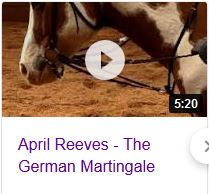
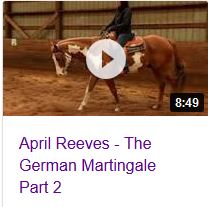
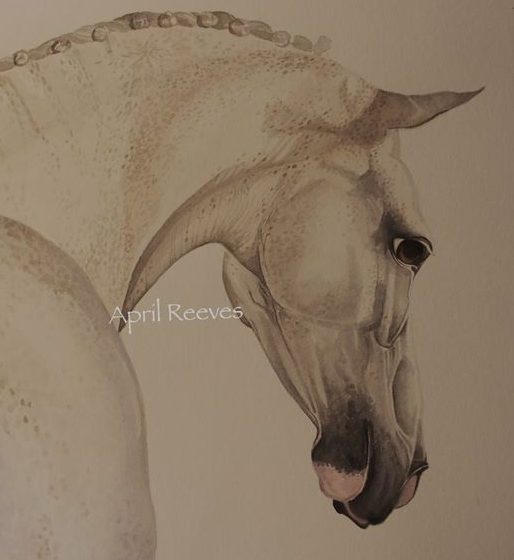

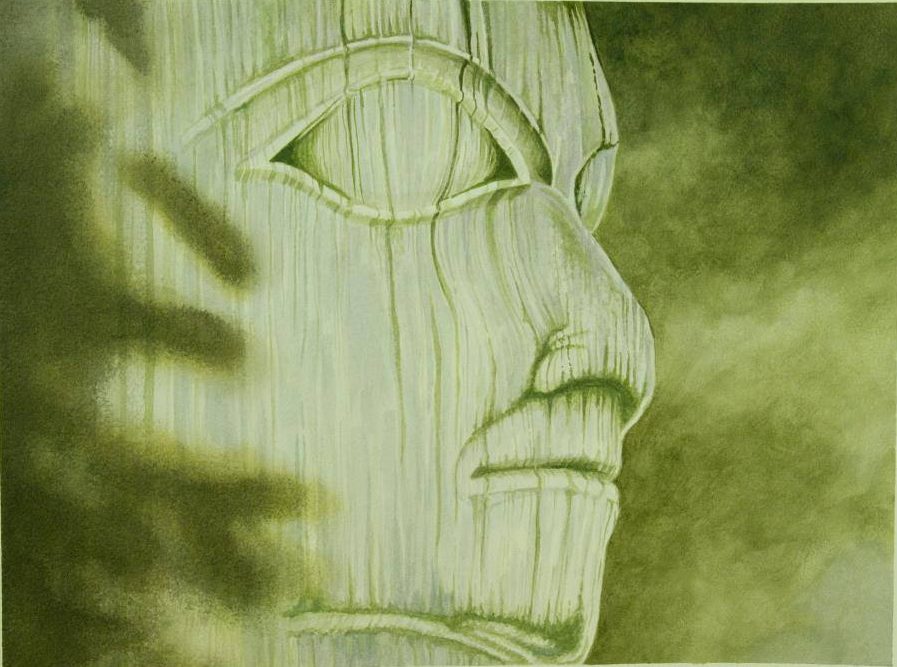
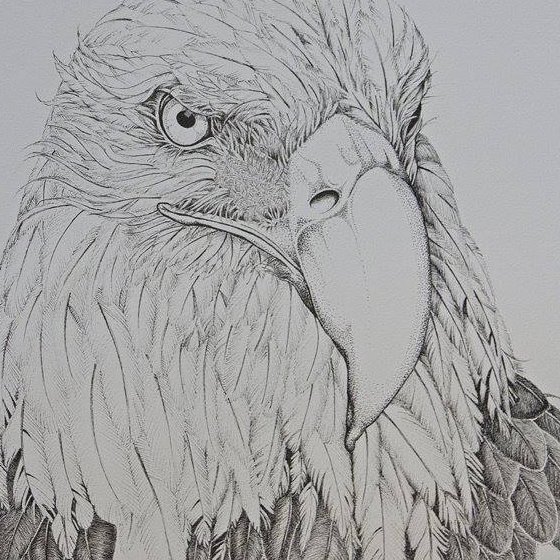




I love your article – a good reminder that training a horse is more about training the rider than the animal!
Thank you Heather! And yes, if the rider has no skills, usually the horse doesn’t either. They are our mirror.